After undergoing a foot surgery, you may be grateful for every second you spend in a wheelchair and off your injured foot – until you get home, that is. Unless your home is designed to suit your new wheel-bound lifestyle, it can be a considerable challenge to get around during your recovery period.
Now don’t get me wrong: wheelchairs are fantastic mobility devices, especially when you’re dealing with a severe ankle or foot injury. But for everyday living, you might need an alternative to wheelchairs that lets you climb up and down stairs, walk outside and move around your house without worrying about bumping into objects. Particularly if you don’t have a wheelchair accessible van.
Whether you’re suffering from an ankle injury or recovering from a foot surgery, you need to know what mobility devices can help you get around. With this in mind, let’s take a “walk” through some of the best alternatives to wheelchairs.
A Cane Or Walking Stick
Think of the cane as the granddaddy of mobility devices: this tool has been a standard mobility aid since humans first started walking (and thus, injuring their feet and ankles). An adjustable cane or walking stick can provide the user with a great deal of flexibility, as it’s small, light and easy to transport. However, the additional mobility often comes at a price. Canes don’t offer much support for non-weight bearing foot injuries, and even come with a higher risk of re-injury. A cane might be a great mobility aid to keep around the house, but it shouldn’t be your only alternative to wheelchairs.
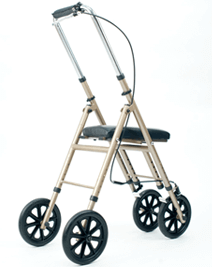
Crutches
Crutches have long evolved since its early wooden days (although that type of crutch certainly still exists). Crutches usually come in two forms: 1) Auxiliary, or under the arm crutches, and 2) Canadian crutches, which are cuffed to the forearm. Each type of mobility device has its own unique advantages; for example auxiliary crutches may be more stable than Canadian crutches, while the latter can be much easier on the back and arms.
While crutches have typically been used as a popular option for mobility, it’s important to note that not everyone can use crutches. Crutches can require a certain amount of upper body strength that might make this a sub-par choice for many individuals. Additionally, crutches may be easier to get around with than a wheelchair, but they also come with a higher risk of re-injury. Previous crutch users: if you’ve ever found yourself suddenly staring up at the ceiling after your crutches slip out from under you, you know exactly what I’m talking about.
Knee Walkers
Knee walkers are one of the newest mobility devices to hit the market, and for good reason: they combine the stability of a wheelchair with the flexibility of a pair of crutches. At first glance, a knee walker looks a little like the love child of a kid’s scooter and a bicycle: it’s got three to four smaller wheels, a low seat pad, and high handlebars that may feature a basket. To use a knee walker, you simply kneel your bad leg onto the seat pad, which effectively isolates your injured foot. Your good foot is used to move the knee walker around, while the handlebars and wheels provide you with a measure of stability and usability.
Knee walkers are ideal for people who need to get around quickly, and might need more stability than what canes and crutches can offer. However, this might not be the best alternative to a wheelchair if your knee has been injured along with your foot.
Seated Scooters

Seated scooters are a cross between wheelchairs and knee walkers: the seated scooter allows you to enjoy the mobility of a knee walker while enjoying the seated position of the wheelchair. Seated scooters are also much smaller than wheelchairs, which can be a perfect option for individuals who need to take trips from the home to the office without struggling with any major mobility equipment. Seated scooters are also an ideal alternative to wheelchairs because you don’t need any considerable upper body strength to use it.
However, one thing to note with the seated scooter is that it can feel a little weird to use. You have to propel yourself forward with your good foot, which can feel strange to do from a seated position. This may mean you might not move as quickly as you’d like, which can be a frustrating experience.
When it comes to choosing the ideal mobility device, make sure you know all the facts before selecting the right one for you. Happy recovery!

Find your perfect Wheelchair Van
Select from thousands of wheelchair vans for sale from hundreds of nationwide dealers
The Mobility Resource has one of the largest selections of Dodge, Toyota, Chrysler, Honda, Ford, Chevrolet wheelchair vans
View All Wheelchair Vans





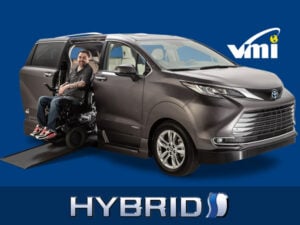



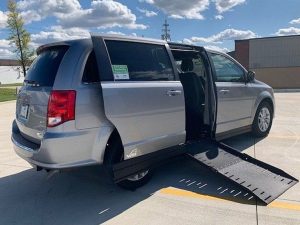


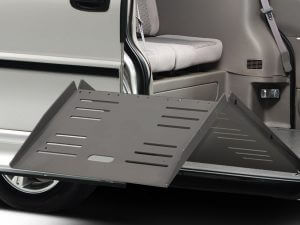







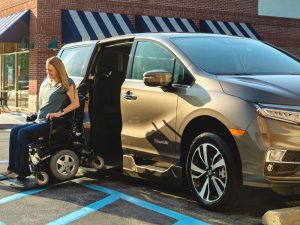

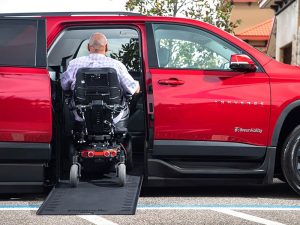
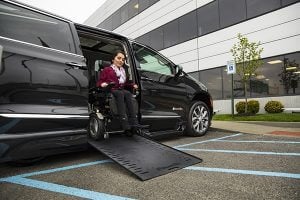







Tweet
Share https://www.themobilityresource.com/blog/post/the-best-alternatives-to-wheelchairs/